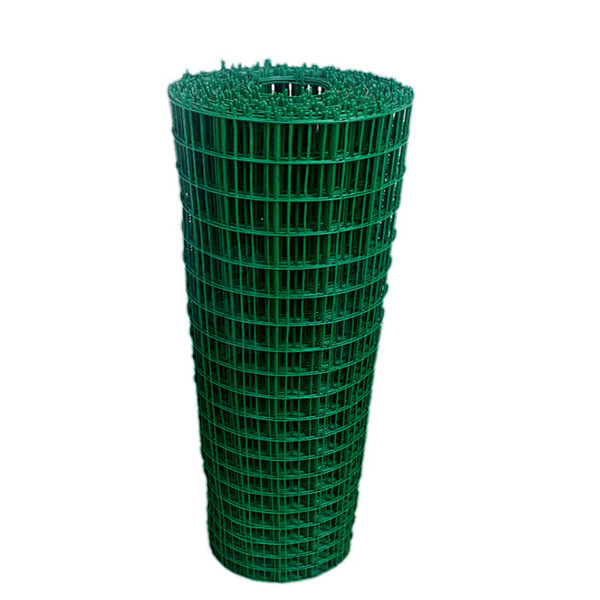In the meantime, the chemical factories of Continental Europe, principally in Germany, Austria and Belgium, had taken hold of the novelty and under the collective name of lithopone or lithophone, by numerous processes, produced various grades of the pigment, branding the respective qualities as red seal, green seal, yellow seal, blue seal, etc., or selling them under some fancy name. Of this we shall speak later on. The crusade against the use of white lead in the various countries of Continental Europe, assisted the manufacturers, to a very great extent, in marketing their products, not only to industrial concerns, as has been the case in this country, until recently, but to the general painting trade. Up to 1889 the imports into this country were comparatively small. At that time one of the largest concerns manufacturing oilcloth and linoleum in the State of New Jersey began to import and use Charlton white. Shortly after that other oilcloth manufacturers followed suit, replacing zinc white with lithopone in the making of white tablecloth, etc., and later on abandoning the use of white lead in floor cloth and linoleum. This gave an impetus to several chemical concerns, that erected plants and began to manufacture the pigment. Competition among the manufacturers and the activity of the importers induced other industries to experiment with lithopone, and the shade cloth makers, who formerly used white lead chiefly, are now among the largest consumers. Makers of India rubber goods, implement makers and paint manufacturers are also consumers of great quantities, and the demand is very much on the increase, as the nature of the pigment is becoming better understood and its defects brought under control. Large quantities find their way into floor paints, machinery paints, implement paints and enamel paints, while the flat wall paints that have of late come into such extensive use owe their existence to the use of lithopone in their makeup.

